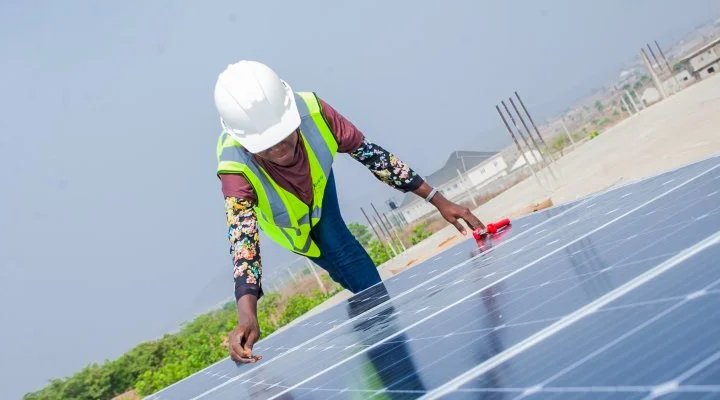Why Sustainable Transport
Urban transportation is the lifeline of cities, and its role is to connect people to places where they need to go, such as jobs, education and social services. Sustainable urban transport is essential to address traffic congestion, air pollution, public health issues, and climate change. By investing in sustainable transportation, cities can alleviate traffic jams, lower emissions, and improve overall public health.
An urban transportation system can include different transport modes, however, the goal of sustainable urban transport is to provide options that are safe, convenient, and affordable for people, while bearing the least impact on city resources and the environment.
Sustainable urban transport consists of less carbon-intensive modes of travel (e.g., public transport, electric vehicles, cycling, and walking), and it needs to be supported by compact development and walkable and transit-oriented urban design to meet its goals. Improving sustainability in urban transportation planning involves shifting away from a car-centered approach to a people-centered approach.
USAID Development Objectives
USAID needs to support sustainable transport to achieve its development goals. Sustainable transport systems are essential for enabling equitable access to jobs, markets, and services, essential for economic growth and poverty reduction. By promoting walking, cycling, and efficient public transport, sustainable transport reduces emissions, traffic congestion, and the time burden of travel, while enhancing safety and public health.
Supporting sustainable transport systems aligns with USAID’s broader goals of promoting inclusive urban development. by providing affordable and accessible mobility for all, which is particularly critical for marginalized groups. Additionally, it requires smart urban growth, efficient land use planning, and effective urban governance. A comprehensive approach to sustainable urban transportation enables USAID to enhance the impact of its other programming by stimulating economic development, improving public health, and addressing climate change, concurrently achieving more improved development outcomes in partner countries.
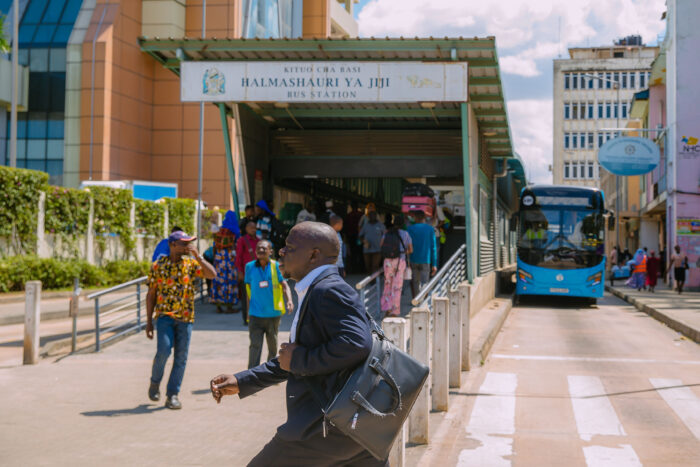
Quality Public Transport is key to both a healthy climate future and to a safe, efficient, and equitable transportation landscape. It’s estimated that service capacity must double by 2030 to limit global warming to 1.5 degrees. Access to quality public transit is also a critical factor in lifting people out of poverty and providing access to jobs, groceries, and other needs. Informal public transport can also address demand through technology and integration.
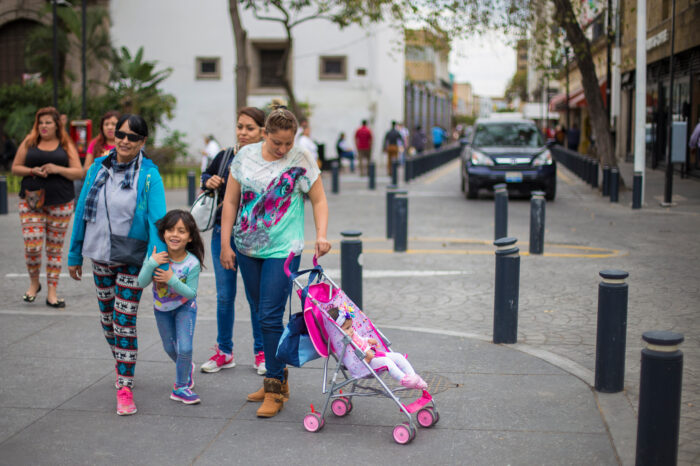
Walking, the most popular form of transport in the majority of the world, is crucial to a sustainable future, serving as a basis for access to various goods and services. Walking is also key to accessing public transport: a 10% increase in walking can lead to as much as 5-6% increase in public transit use, in turn reducing traffic congestion and CO2 emissions. Safe and pleasant walking routes are especially important for caregivers, those in poverty, and other vulnerable groups. As car ownership skyrockets in much of the developing world, it’s more important than ever to ensure adequate road space is given to those on foot.
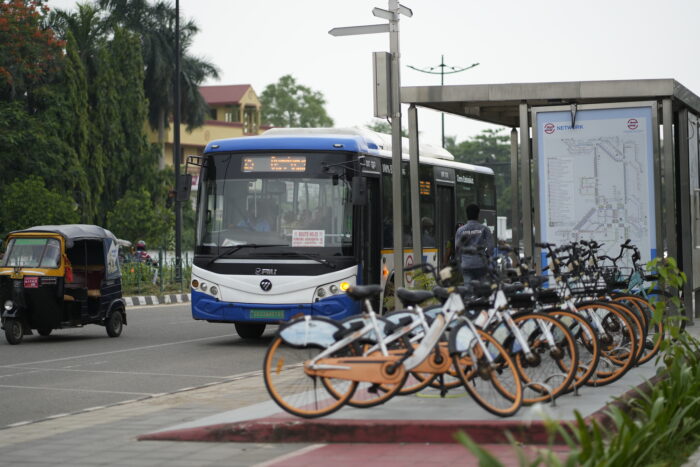
Cycling forms an increasingly important part of cities’ transportation landscapes, providing a fast, efficient, and clean way to get around. Increased cycling infrastructure has numerous climate and safety benefits: for instance, after implementing a comprehensive bike lane network, Bogota saw a 74% increase in the share of trips taken by bicycle, as well as a 22k ton reduction in CO2 emissions and 46% fewer fatal cycle accidents.
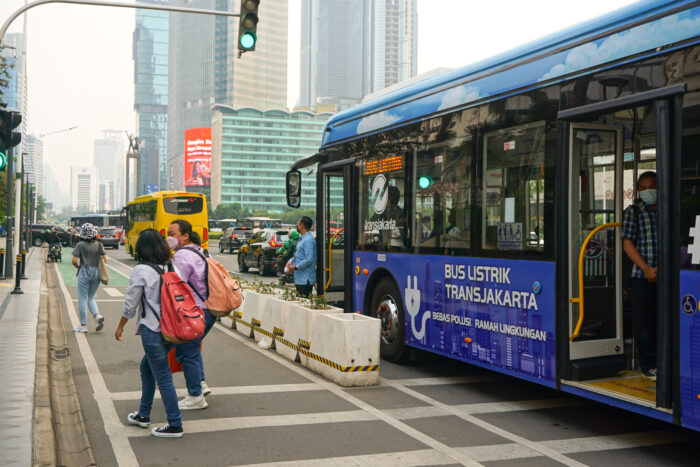
Transitioning to electric vehicles is essential to sustainable urban development. To limit global warming to 1.5C will require building dense, mixed use cities that prioritize public transit, walking, and cycling WHILE ALSO electrifying all new, private vehicles by 2040. Vehicle electrification coupled with a decarbonized electricity grid can lead to a 70% reduction in transportation sector emissions by 2050.
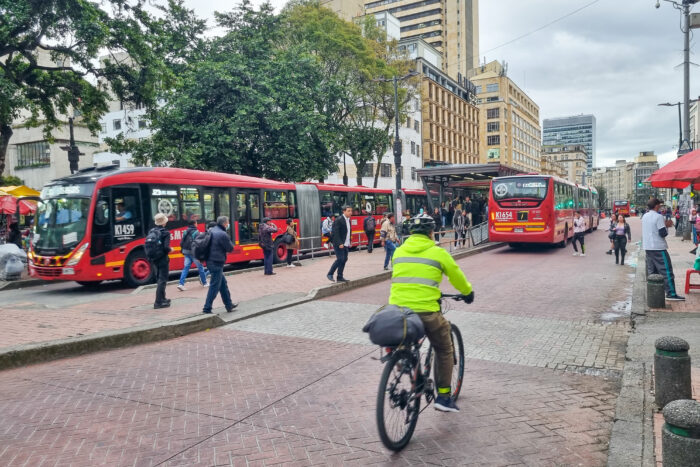
Compact city form refers to building dense neighborhoods where residents are a short walk or bike ride from goods, services, and public transport hubs. Because they facilitate the use of eco-friendly forms of transport, compact and transit-oriented development are a catalyst to reduce travel time and costs of infrastructure while lowering CO2 emissions. Increasing urban density by just 10% can reduce per capita CO2 emissions from transport by up to 8%.
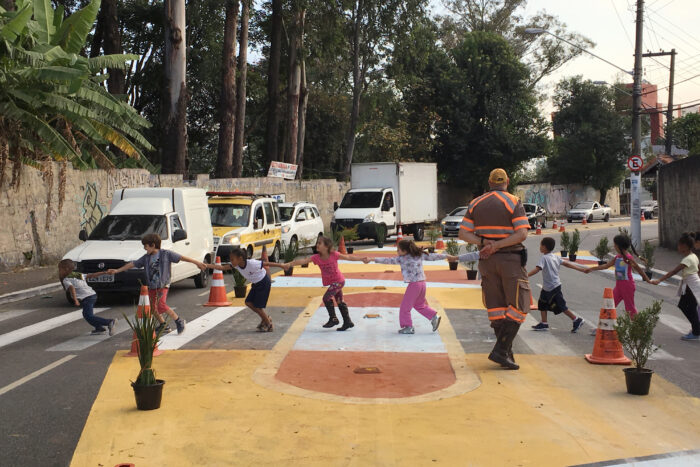
Road Safety refers to initiatives aimed at reducing deaths from traffic accidents, including for pedestrians, cyclists, and drivers. Projects that improve road safety also promote global equity, as traffic injuries disproportionately impact youth, and low- and middle-income countries. For example, low-income countries have a traffic fatality rate 2.5 times that of high-income countries.
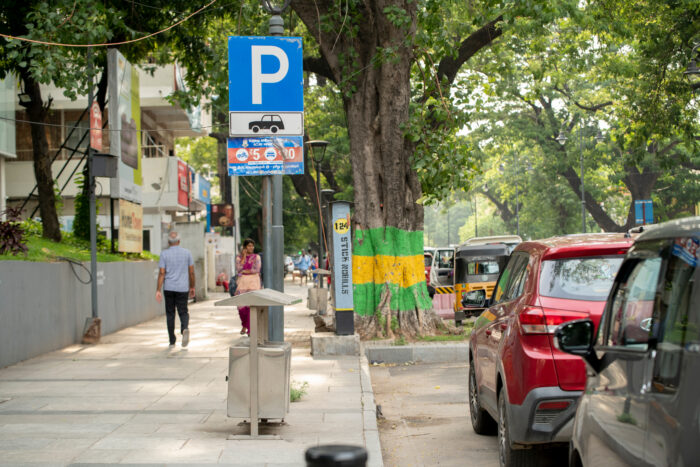
Effective parking management is an important component to efficient, sustainable land use and transportation in cities. By appropriately pricing, restricting, and regulating parking, cities can significantly decrease traffic congestion and emissions, reducing pollution levels by up to 15% in urban areas.


